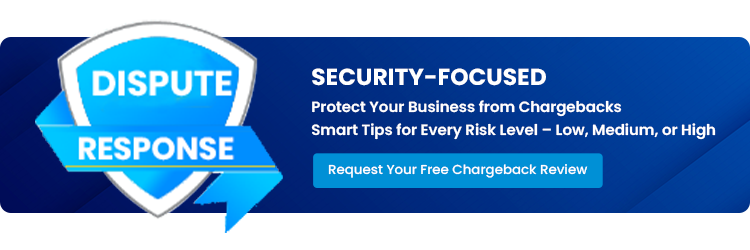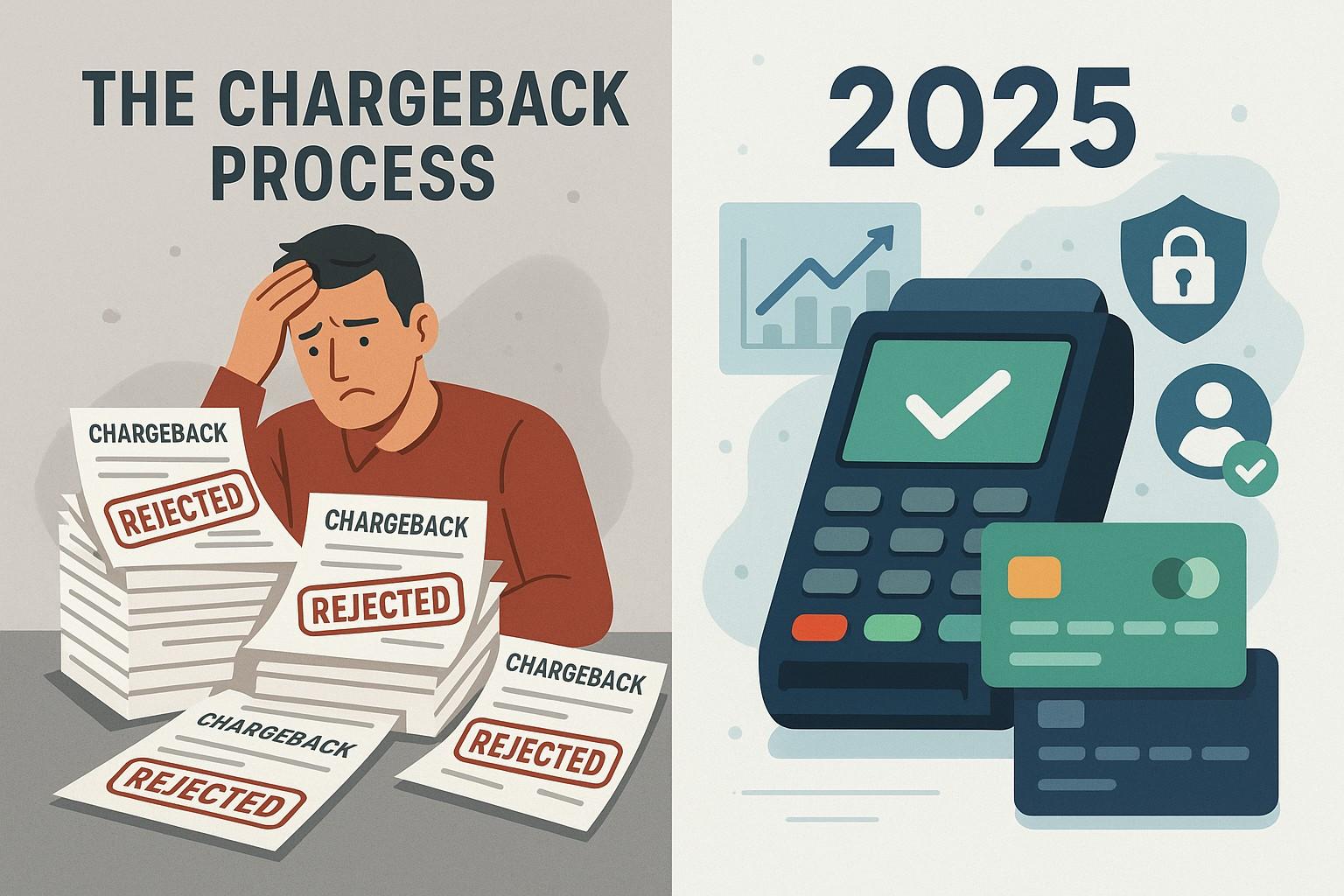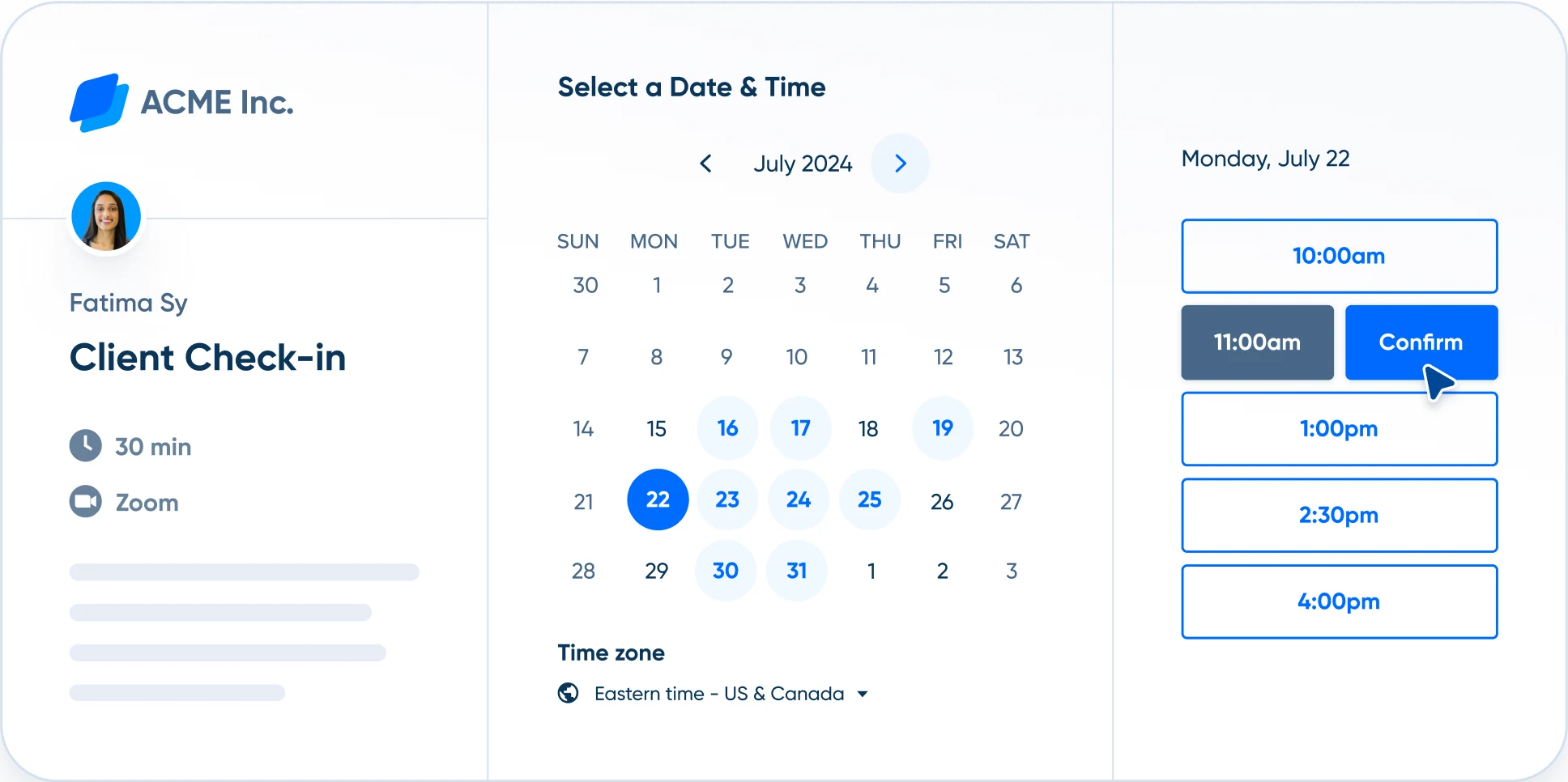Chargeback Management Services - Dispute Response Aug/ 8/ 2025 | 0
Chargebacks have become a double-edged sword for retailers. While originally intended to protect consumers from fraud, they now pose a major operational and financial burden on U.S. businesses. In 2025, understanding the chargeback process—and how to mitigate it—is critical to sustaining profitability and reputation in a competitive retail environment.
What Is the Chargeback Process?
The chargeback process allows a cardholder to dispute a transaction and request a refund directly from their bank instead of the merchant. This process was designed to protect consumers from unauthorized or faulty purchases. However, for merchants, it can lead to revenue loss, increased fees, and even account terminations.
Key Players in a Chargeback
- Cardholder – Initiates the dispute
- Issuer Bank – Reviews and approves the claim
- Merchant – Must respond with evidence
- Acquirer/Processor – Relays information between merchant and issuer
- Card Network (Visa, Mastercard, etc.) – Sets rules and timelines
Step-by-Step Breakdown of the 2025 Chargeback Lifecycle
Here’s how the chargeback process works in today’s landscape:
1. Dispute Initiation
The cardholder disputes a charge with their bank, claiming fraud, service not rendered, or product not received.
2. Provisional Credit Issued
The bank may provide a temporary refund to the customer while the case is reviewed.
3. Chargeback Notification Sent
The merchant receives a notification, usually through their acquiring bank or processor.
4. Merchant Response
The merchant has a limited window (typically 7–14 days) to submit compelling evidence to refute the chargeback.
5. Issuer Review
The issuing bank reviews the evidence and decides whether to reverse or uphold the chargeback.
6. Final Decision or Escalation
If unresolved, the case may escalate to arbitration through the card network, adding more fees and delays.
The Hidden Costs of Chargebacks for Retailers
Chargebacks aren’t just about refunds. Their real cost includes:
- Loss of goods/services
- Non-refundable processing fees
- Chargeback fees (typically $15–$100)
- Increased risk score or termination
- Time and labor spent managing disputes
High chargeback ratios can lead to monitoring programs or loss of payment processing privileges.
Are Chargebacks Avoidable in 2025?
No, but they are manageable. Here’s how U.S. retailers are adapting:
✅ Proactive Communication
Provide clear terms, fast response to complaints, and transparent billing descriptions.
✅ Fraud Prevention Tools
Use AVS, CVV checks, 3D Secure 2.0, and real-time fraud alerts.
✅ Chargeback Alerts & Deflection Services
Partner with tools that notify you before a dispute becomes a chargeback, allowing for refunds or resolution.
✅ Solid Documentation
Maintain records like delivery confirmations, customer service logs, and signed agreements to fight illegitimate claims.
✅ Outsourced Chargeback Management
Many retailers now outsource this function to professionals who specialize in fighting and preventing chargebacks.

Email us anytime!
Email customer service 24/7

Call us anytime!
Reach customer care 24/7 at +1 (888) 927-5152
Final Thoughts: Turning a “Necessary Evil” Into a Competitive Edge
Although chargebacks can feel like an unavoidable cost of doing business, with the right strategy, they can be minimized. By understanding the chargeback process and leveraging smart tools and services, U.S. retailers in 2025 can reduce revenue loss, protect their payment channels, and improve customer satisfaction.


